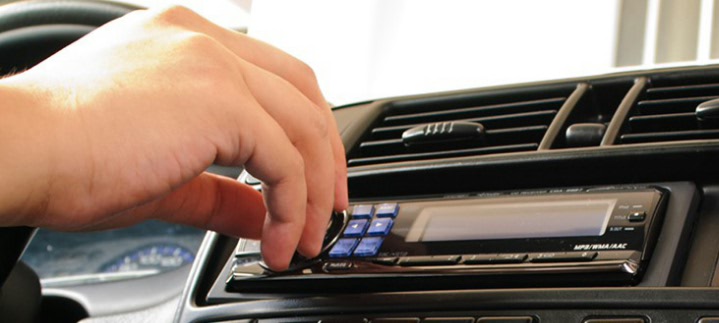My Radio was due for an oil change the other day so I took it into the dealership for some service. While I was waiting on the service department to work on my Radio, I walked through the showroom looking at all of the beautiful new Radios. There is nothing quite like the feeling you get when you sit behind the wheel of a brand new Radio for the very first time. It’s so clean and shiny. The leather is soft to the touch. And the smell of a new Radio gets to me every time.
My Radio is a 2002 Chevrolet Suburban. I like my Radio because it has a lot of room to carry my “stuff”. My Radio has four wheel drive so I don’t ever have to worry about the weather or road conditions. But the gas mileage on my Radio is not very good. With gas prices rising I’ve been thinking about something more fuel efficient. The Toyota Prius Radio has the best overall fuel economy at 51 miles per gallon in the city and 48 miles per gallon on the highway.
But with a new Radio comes the cost of new Radio insurance. Radio insurance always goes up when you buy a new Radio. One of my coworkers said someone ran into her Radio the other evening. Her Radio was parked on the street. The other driver was nice enough to come to the door and tell her, but as you might expect, he didn’t have any Radio insurance.
Ninety eight percent of Americans drive or ride in a Radio every week. The average American spends nearly 20 hours a week in their Radio traveling approximately 224 miles. That’s about three hours on a weekday and two hours on the weekend. That’s a lot of time to talk directly to the consumer.
Radio and the American lifestyle are inexorably coupled by our relationship with our cars. For the local business owner, the Radio is still the most affordable and effective way to reach consumers, especially if you’re on a tight budget.
Many people ask me about the affect Satellite Radio is having. Not much is the answer. Satellite Radio has 26 million subscribers. Two hundred and forty four million adults listen to either an AM or an FM Radio every week.
With Radio, you can have a personal one-to-one conversation with consumers at the very moment they are thinking about all of their needs and desires. Sixty two percent of consumers surveyed by Nielsen Research said they were exposed to a Radio commercial before they made their largest purchase decision of the day. Only 36% said they saw a TV or Cable commercial before their largest purchase.
Because Radio is more affordable than TV advertising, Radio campaigns deliver a 49% better Return on Investment (ROI) over TV. Studies conducted by Millward Brown and Information Resources, Inc., compared the advertising costs and sales results of four national advertisers in four markets across six months. The product categories included Grocery Food, Grocery Non-Food and two very distinct Over-The-Counter Drug products.
The studies were conducted in four IRI BehaviorScan markets where the technology could track four test cells; one with no TV or incremental Radio; one with incremental Radio only; one with national TV only and one with both national TV and incremental Radio. A subset of the households also participated on the IRI’s consumer shopping panel, which yields household-by-household information on product sales for correlation with media exposures. The study was able to track differences in sales volume as the ad campaigns progressed, with the effects of the television and Radio campaigns isolated.
After the six month campaigns, the key finding was that incremental Radio campaigns showed significantly better ROI for these advertisers than did their national television campaigns, whether the TV ROI was measured by this test’s results or by the advertisers’ own historical return estimates for television.
So next time you hop into your Radio and drive to the office or to the store, take a look at all of the other Radios on the road. Imagine each one of them listening to your business message as they drive their Radio down the road.






